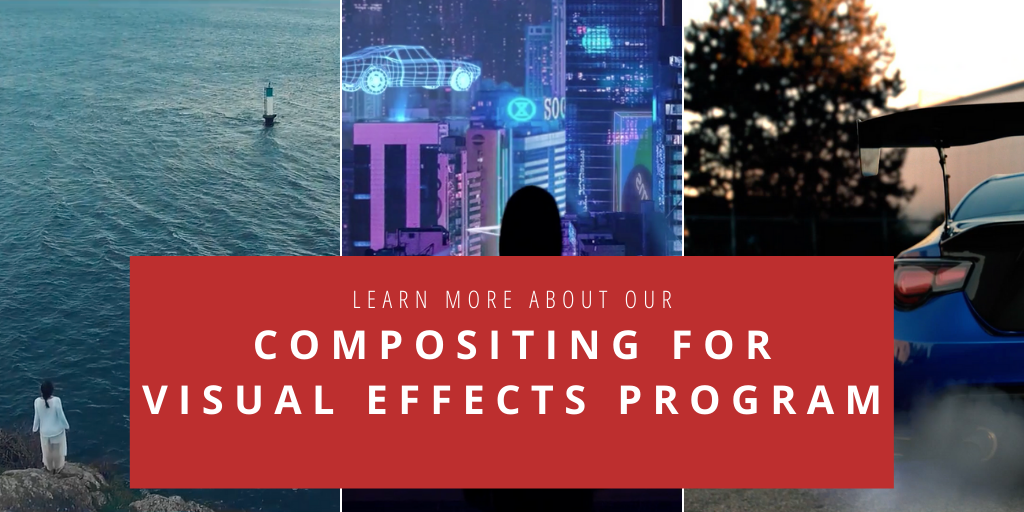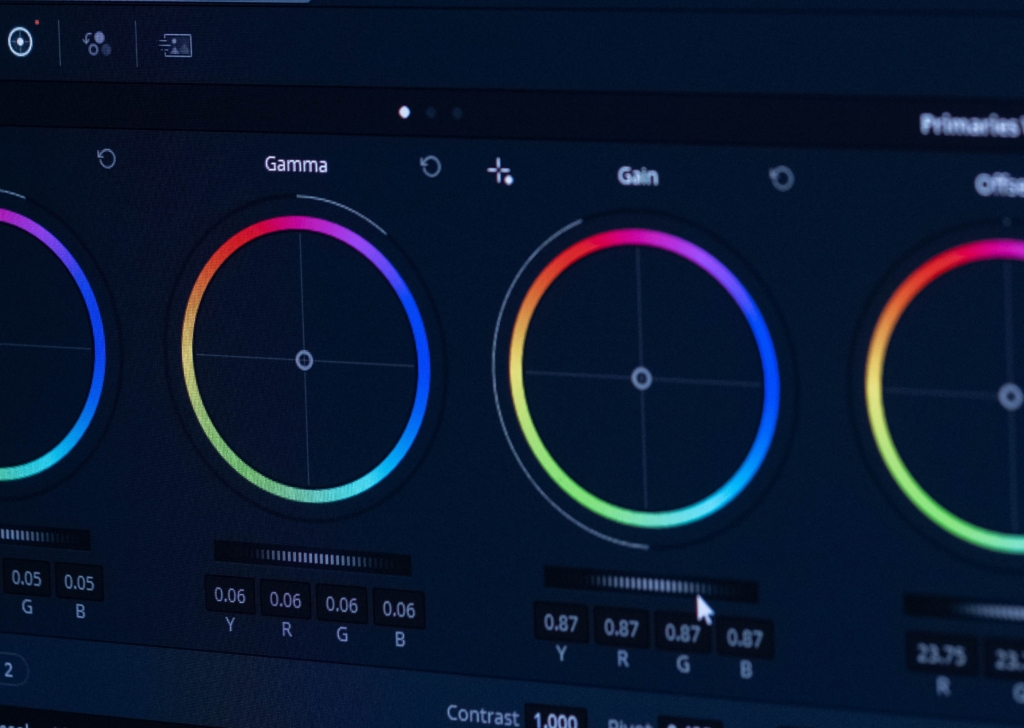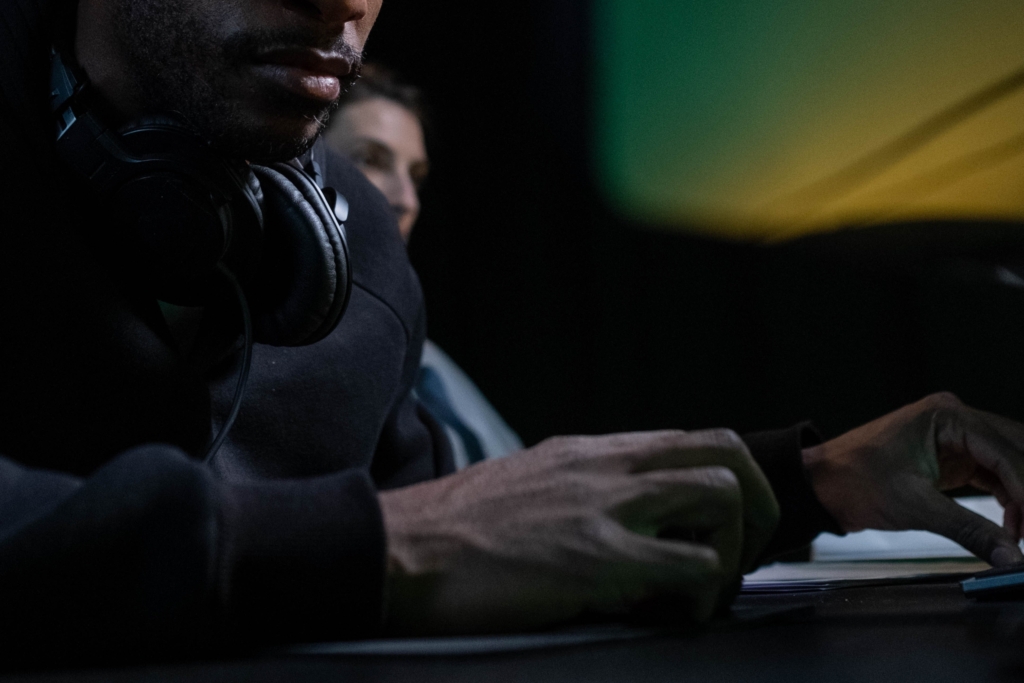What is Compositing in Film? A Beginner’s Guide
VFX Compositing is a booming industry that is only going to get bigger, pushing the boundaries of CGI in film. But what exactly is compositing and how is it used in modern-day cinema? Keep reading if you want to learn more about the foundations of compositing and the world of VFX in film.
Are you a budding visual effects enthusiast curious about what it takes to make VFX for the big screen? Compositing is an essential step in the production process of many popular films, and can elevate your work from good to great! By exploring the world of VFX compositing, you’ll learn how to bring live action elements together into breathtaking, beautiful scenes. In this beginners guide, we’ll cover the basics of what you need to know about being a compositor for film. So take a seat as we explore what it takes to create whole new worlds in film. It’s time dive into what is compositing in film!
WHAT IS COMPOSITING?
Compositing for cinema is an incredible and powerful tool to help tell more engaging stories through visuals. It involves taking separate elements of footage and combining them into a single frame. This technique has changed the way cinema tells stories. It offers filmmakers greater scope when telling their story, something that was not available with traditional cinema techniques. Compositing gives cinema a level of control to manipulate each element as needed. Furthermore, it allows VFX artists to seamlessly integrate hundreds of different elements into a single shot. This simply wouldn’t have been possible decades ago. Advancements in VFX have subsequently given filmmakers more tools to captivate their audiences. Because of this, it’s incredibly important to cinema storytelling and why many blockbusters just wouldn’t be the same without it.
VFX COMPOSITING IN POPULAR FILMS
Visual effects (VFX) have revolutionized cinema, creating whole new experiences and changing the way we watch movies. Compositing is a part of this cinematic journey, adding additional layers to movies that help to captivate audiences and tell more immersive stories.
A great example of this is in James Cameron’s long-awaited release of Avatar: The Way Of The Water (2022), comprising of 3,240 visual effects shots! Meanwhile, it’s groundbreaking predecessor Avatar (2009) saw over 2,000 shots of computer-generated imagery. Another amazing example is in The Avengers (2012) where VFX compositing allows for the creation of incredibly complex fight scenes with superheroes. With this track record, it’s no wonder VFX compositing has become such an integral part of cinema today!
SOFTWARE USED IN VFX COMPOSITING
While compositing for visual effects often requires a great deal of technical expertise, it also requires immense creativity. Compositors are creative professionals with a deep understanding of using compositing software and techniques to construct the most seamless shots possible. A typical compositor will work with programs like Nuke, After Effects and Blender, depending on the shot. Programs like Nuke have a unique set of tools to create seamless visual effects. For example, they enable VFX artists to integrate CG objects, clean up plates (such as removing wires) and bring individual elements together into one glorious shot! Not only does it end up looking awe-inspiring to wide-eyed audiences, it creates more depth and a higher production value in any given scene. As such, compositors are responsible for bringing these elements together in an innovative way that engages viewers and creates memorable visual experiences!
DIFFERENT ELEMENTS OF VFX COMPOSITING
ROTOSCOPING
Rotoscoping is an animation technique in which a compositor separates objects or elements of footage to create composited visual effects. It involves working with static images or video within a single frame, pulling them apart into distinct layers and then digitally tracing each individual object. As a result, these objects can then be integrated with other digital elements in a seamless way. Compositors use this isolation of components to achieve incredibly intricate compositing results. For example, when compositing green screen footage and placing it against a different background. In this case, the compositor resolves inconsistencies between the objects that are supposed to appear in the same scene, such as by using color correction.
KEYING
Keying is a compositing technique that involves extracting certain elements from foreground and adding them onto backgrounds or special effects. Compositors use green screens and other chroma-key technology, allowing compositors to create higher-quality visual elements for their work. Firstly, the compositor identifies the area of the footage they want to remove, then applies a matte or mask around the element with exacting precision. The deleted element can then be replaced with new digital imagery to create stunning effects after these components are separated.
SET EXTENSION
Set extension (or matte painting) is a compositing technique that allows VFX compositors to create whole new digital environments. Compositors can take a live-action plate and digitally add elements to it. By doing so, the characters seem like are in faraway places or are surrounded by larger-than-life monuments. This technique involves combining a live-action plate with an artificially created digital environment. This makes any location or time period achievable! You can even use set extensions to reproduce real existing buildings accurately or to create entirely fantastical settings in films. With the power of the VFX universe at their fingertips, compositors allow filmmakers to bring stunning visuals to life and make awe inspiring worlds come alive.
COLOR CORRECTION
Adjusting composited footage to match a given color palette is called Color Correction in visual effects. As such, it is one of the upmost fundamental skills of any compositing artist. Color correction may involve altering the hue, saturation and brightness of backgrounds, characters, objects and props. Additionally, VFX compositors must use their expertise to ensure that the color correction is visually-pleasing enough that it won’t distract the audience from the scene.
FINDING A JOB AS A COMPOSITOR
The film industry is increasingly relying on visual effects (VFX) compositing to bring creative film ideas to life. As a result, highly skilled compositors have become an integral part of the film production process. This makes the demand for proficient VFX artists stronger than ever. Aspiring VFX compositor must subsequently build an impressive portfolio demonstrating their talents. The reason for this is because studios look for candidates with a unique take on crafting digital effects. With the ever-growing need for talented compositors, there are plenty of opportunities available for those who can deliver high-quality work!
If you want to get into the film industry and start working in VFX, then compositing is a great career for you! It’s creative, challenging, exciting and full of opportunity. Because of this, there are always new techniques to learn and new problems to solve. If you want to learn more about compositing for film and how to become a professional in this field, check out our VFX Compositing program. With expert instruction from artists working in the heart of Hollywood North, you’ll be on your way to breaking into a booming VFX industry!
Related Articles:
InFocus Film School Visual Effects Compositing Program
Become a VFX Artist: Everything You Need To Know About a Career in VFX
How To Get Hired At a Visual Effects Studio
Top 10 Animation and VFX Studios in Vancouver In 2022
TALK TO A PROGRAM ADVISOR
By submitting this form you are agreeing to be contacted by InFocus Film School. We will never sell or distribute your information, and you may opt-out of receiving emails from us at any time. Read our Privacy Policy here.












